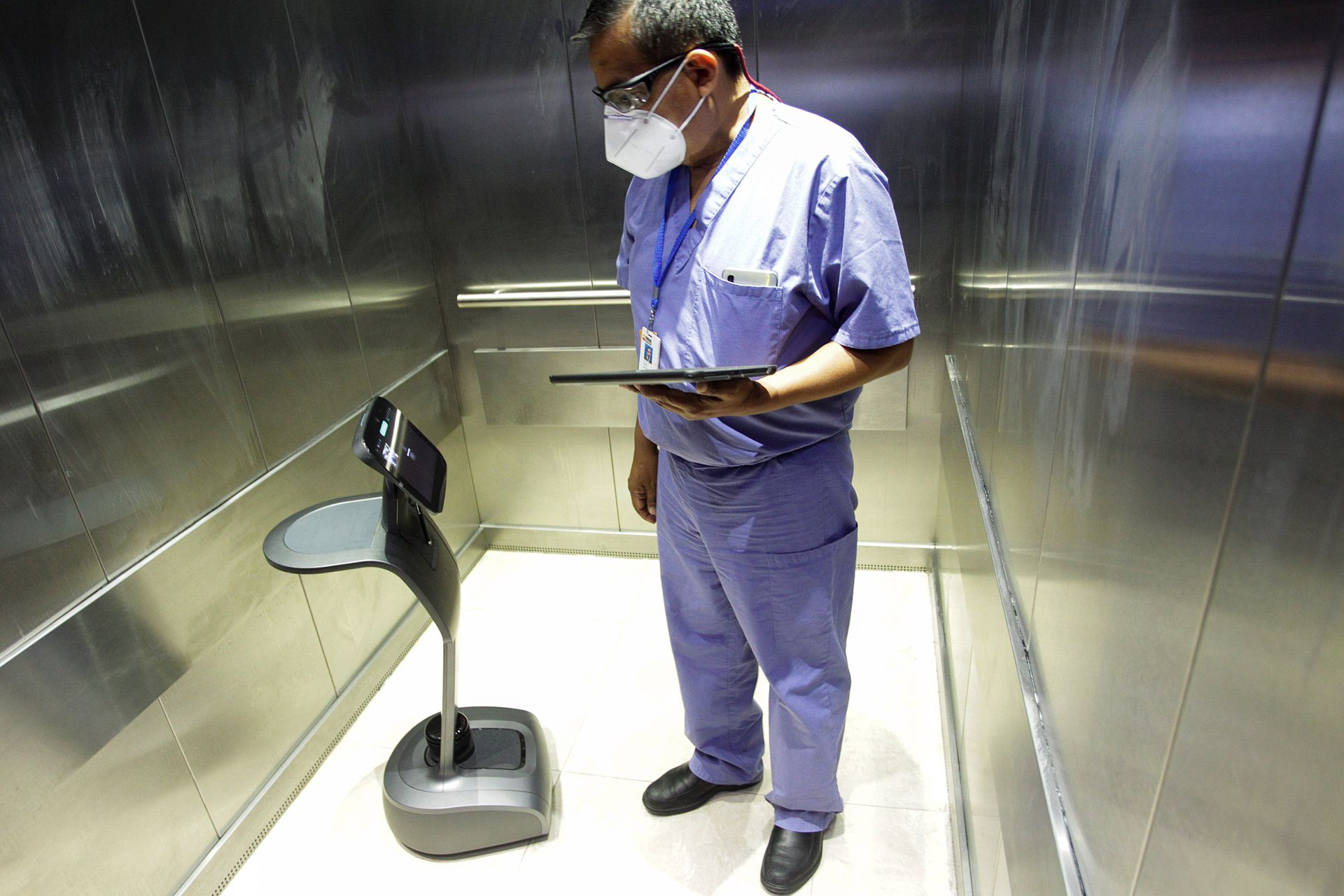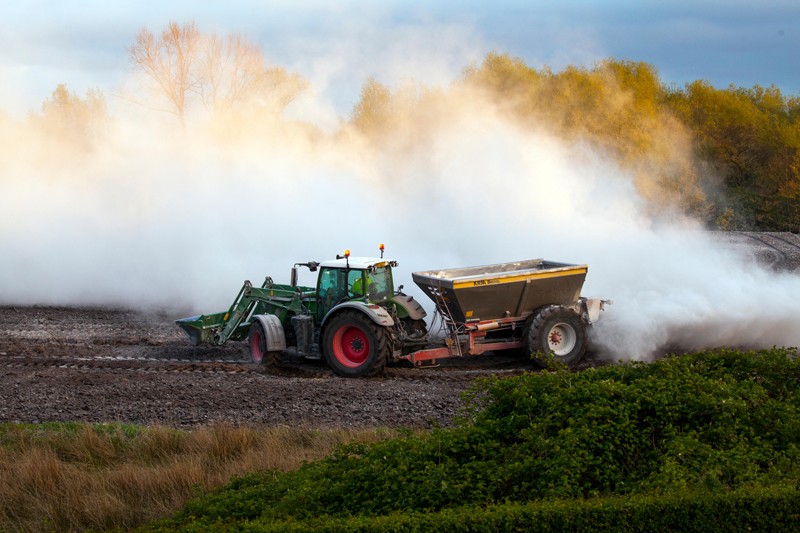As the world and its economy collide, it is time to rethink sustainable routes for our planet. Rosie hopes that globalization and economic growth will moderate the waves of green investment and that growth is no longer realistic. It is unlikely that by 2030 there will be enough funding or attention to address poverty and inequality, expand health care, and eliminate biodiversity loss and climate change.
The virus has already killed more than 512,000 people, disrupted the livelihoods of billions and cost trillions of dollars. A global depression looms. The United States and other nations are in the grip of protests against structural inequality and racism. And geopolitical tensions between superpowers and nuclear states are at levels not seen in decades.
Things were different in 2015, when the United Nations adopted 17 Sustainable Development Goals (SDGs) to improve people’s lives and the natural world by 2030. It was arguably one of humanity’s finest moments – the entire planet signed up. Many national budgets were filled with money. The governments agreed on ambitious treaties, including the Paris climate agreement, the Sendai Framework on Disaster Risk Reduction and the Addis Ababa Plan to finance development.
Five years later, as the United Nations celebrates its 75th anniversary, that mood of optimism is gone. In other words, the foundations on which the SDGs were built have changed.
The success of the SDGs rests on two major assumptions: sustainable economic growth and globalization. They have been broken into pieces. The global economy is expected to shrink at least 5% this year, and the time frame for its recovery is years, not months, if the past is any guide. Industrialized countries struggling to support their own citizens will not control the development of others. Foreign development aid could drop to US$25 billion in 2021. The United States has announced its withdrawal from the World Health Organization. Raising the scale of human activity on the planet seems silly when it could open wells of new diseases once lurking in the wild, eg.
Governments have basic concerns. Food security is at risk, as farm workers are unable to travel to harvest; Prices of rice, maize (corn) and wheat are rising. The United Nations World Food Program has doubled its estimate of the number of people who could face acute food shortages this year, to 265 million. Demand for cash crops such as Kenya’s flower exports has stalled. Eco-tourism has collapsed. Even oil-rich developing countries such as Nigeria, Africa’s most populous country, cannot profitably sell their resources in a global recession.
And the world will face more tensions in the next decade. More epidemics, yes, but also extinctions and continued degradation of the ecosystems on which all life depends. Storms, wildfires, droughts and floods will become more frequent due to climate change. Geopolitical unrest may follow. Rising costs to address these will divert more funding from existing SDG targets. Last year alone, the United States experienced 14 separate billion-dollar disasters related to climate change.
It is demonstrating that the SDGs are not resilient to such global stresses as currently envisioned. As the United Nations High-Level Political Forum on Sustainable Development meets (virtually) this week, delegates should chart a new course for the SDGs. As the world recovers from this pandemic, the platform should set some clear priorities, not a forest of targets. One must also consider what goals can be achieved in a less connected world with a sluggish global economy.
slow or worse
Progress in the SDGs was slow even earlier. Now, it is even more likely that many of the 169 goals will not be met by 2030. Worse, some may even be counterproductive (see Impact on the Sustainable Development Goals). Two-thirds of the 169 targets are either at risk as a result of this pandemic or are not well prepared to mitigate its effects (see Supplementary information). Some may even increase the problems. The SDG target of 10% could worsen the effects of future pandemics.
The goal of good health is the most obvious casualty. Clinics are scattered everywhere, and resources are scarce. The impact is spreading to all areas of health care. For example, UN children’s charity UNICEF has warned that 116 million newborns and mothers will experience inadequate services in the coming months.
Tourism is being affected due to the closure of travel. The Organization for Economic Co-operation and Development (OECD) estimates international tourist arrivals will drop by 60% this year, reducing tourism’s contribution to global gross domestic product (GDP) and affecting countries that have where it is a major part of the national.






